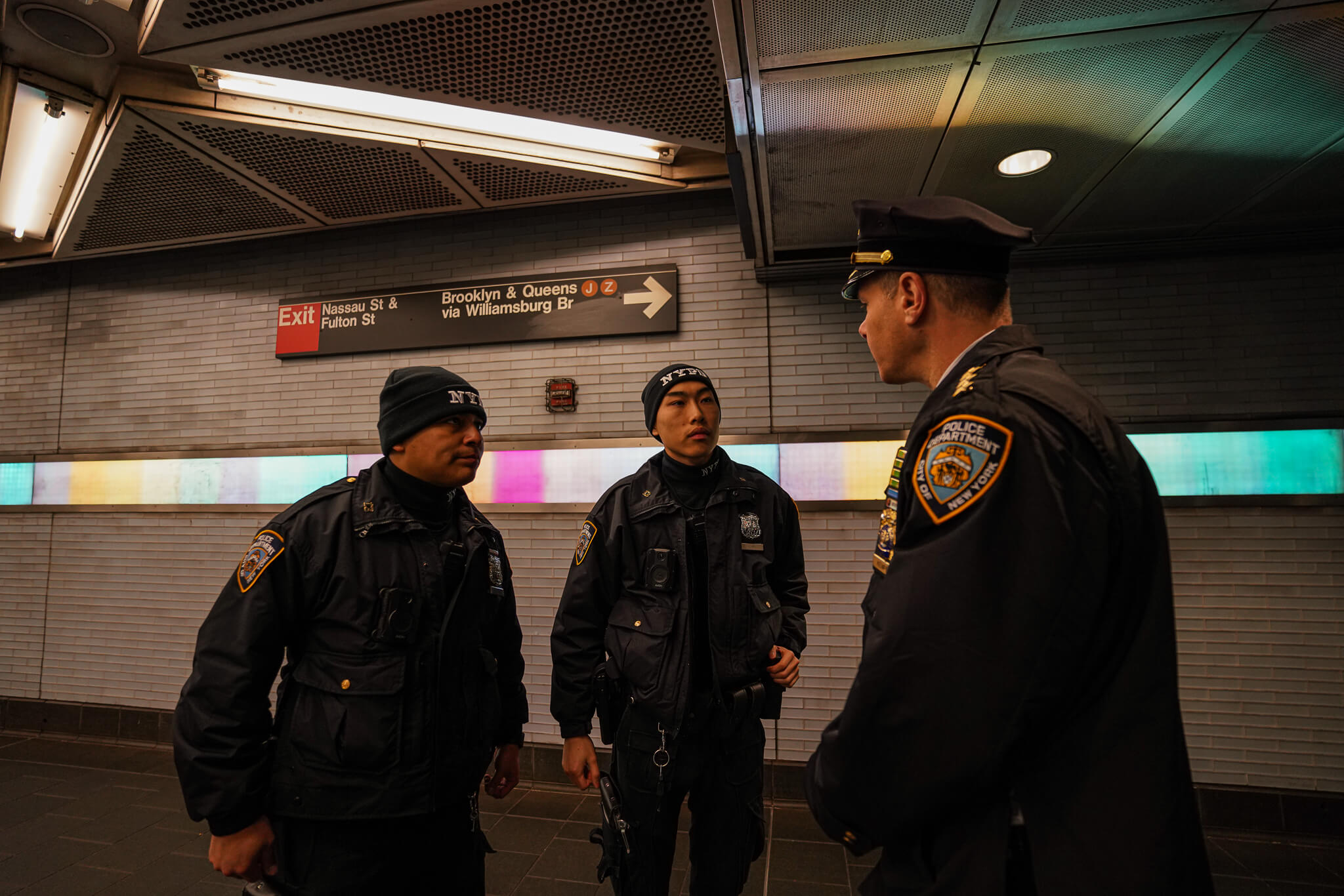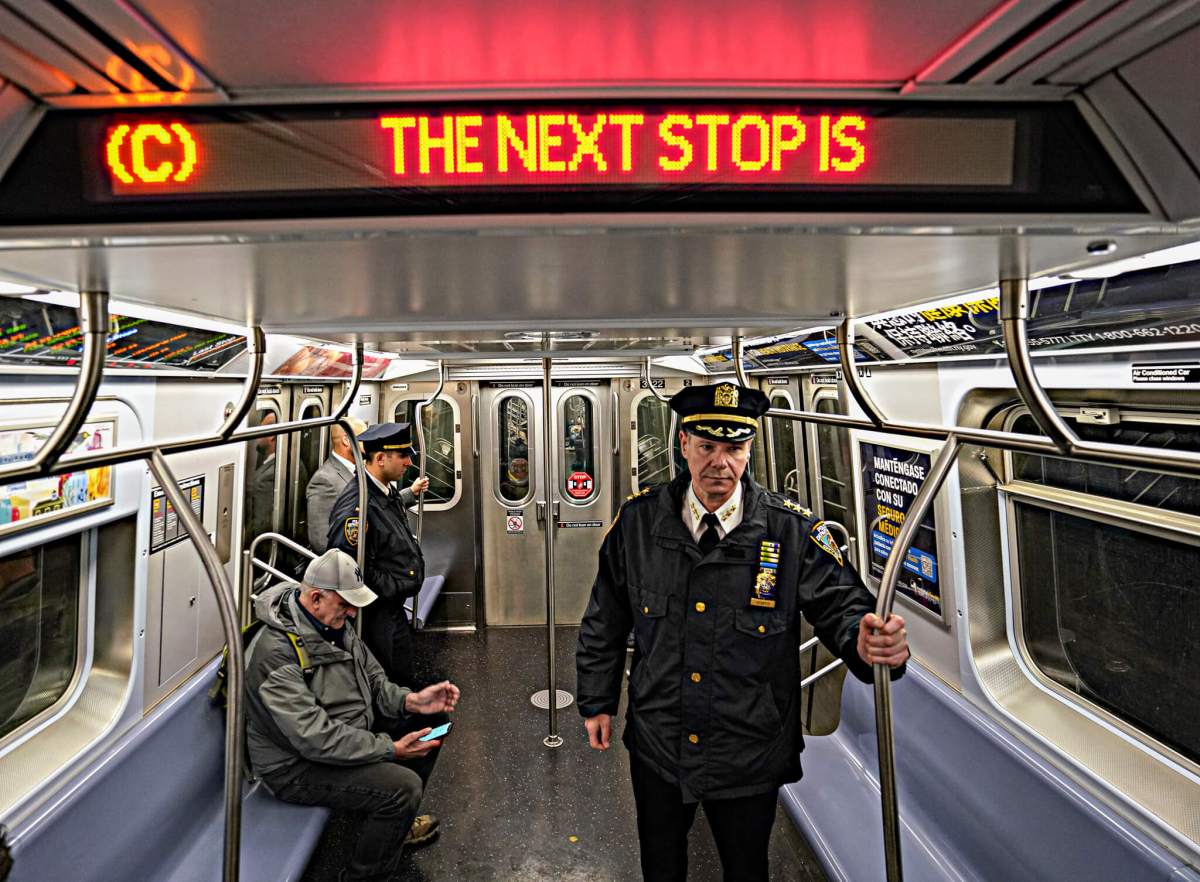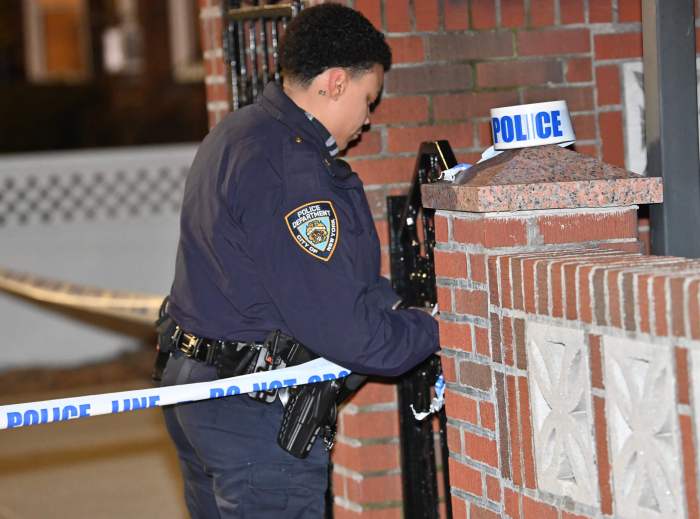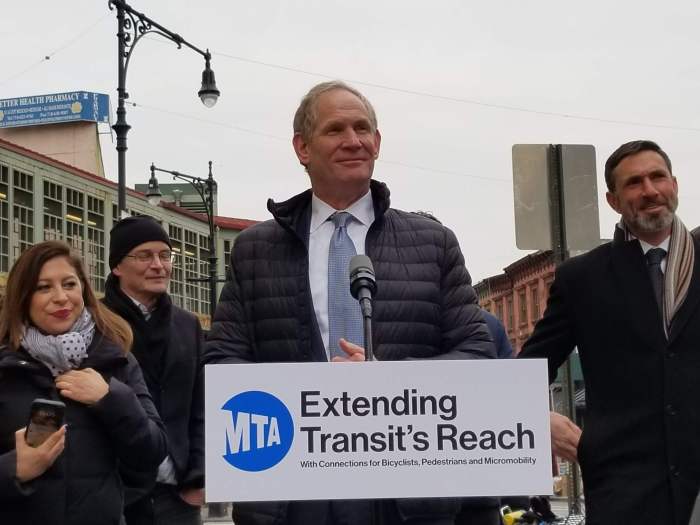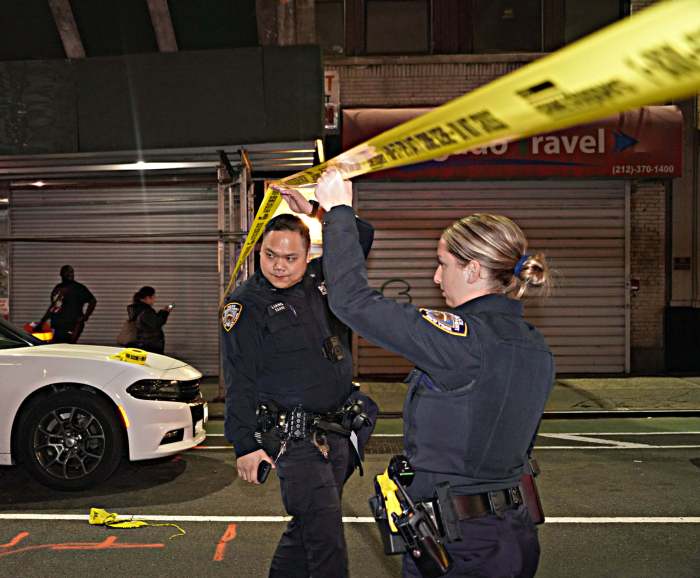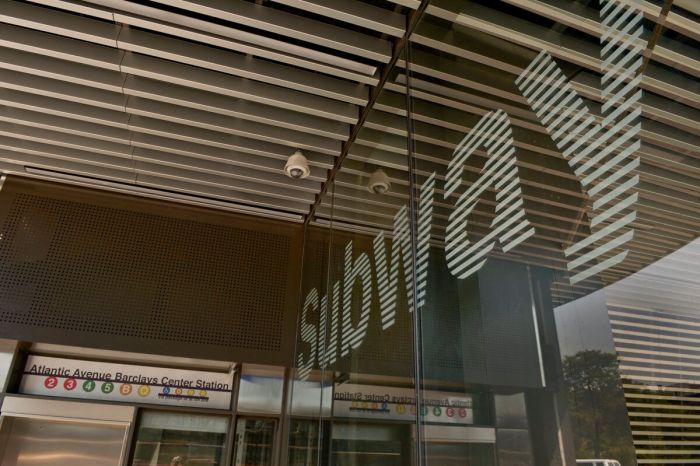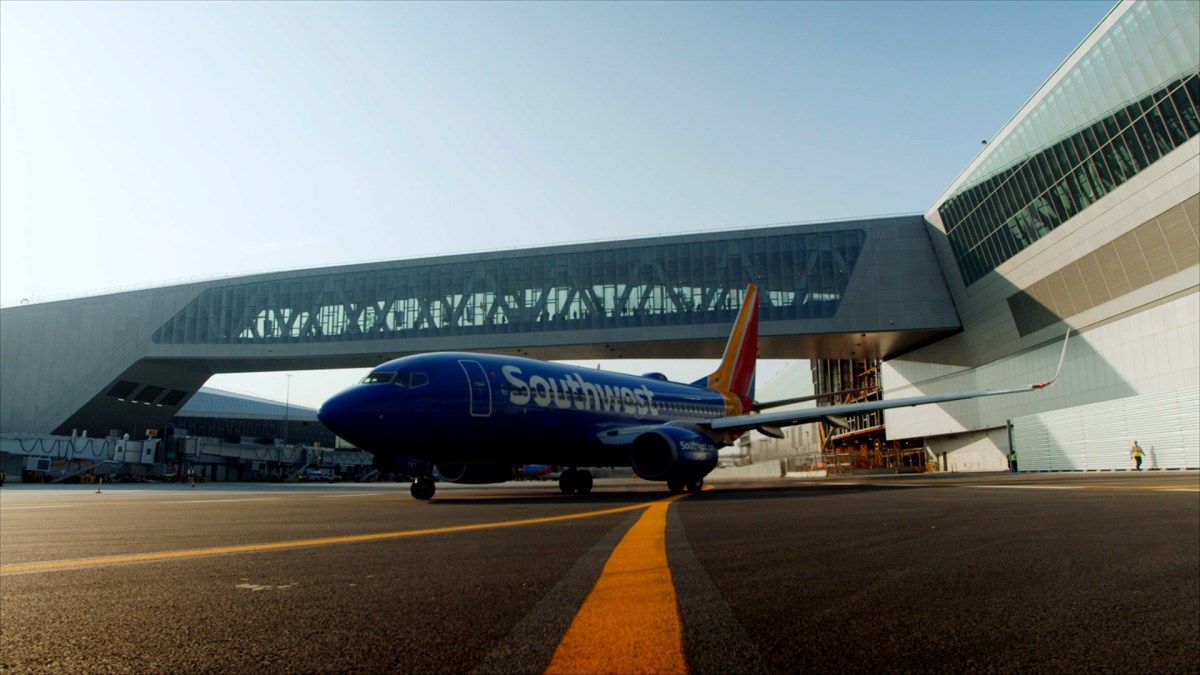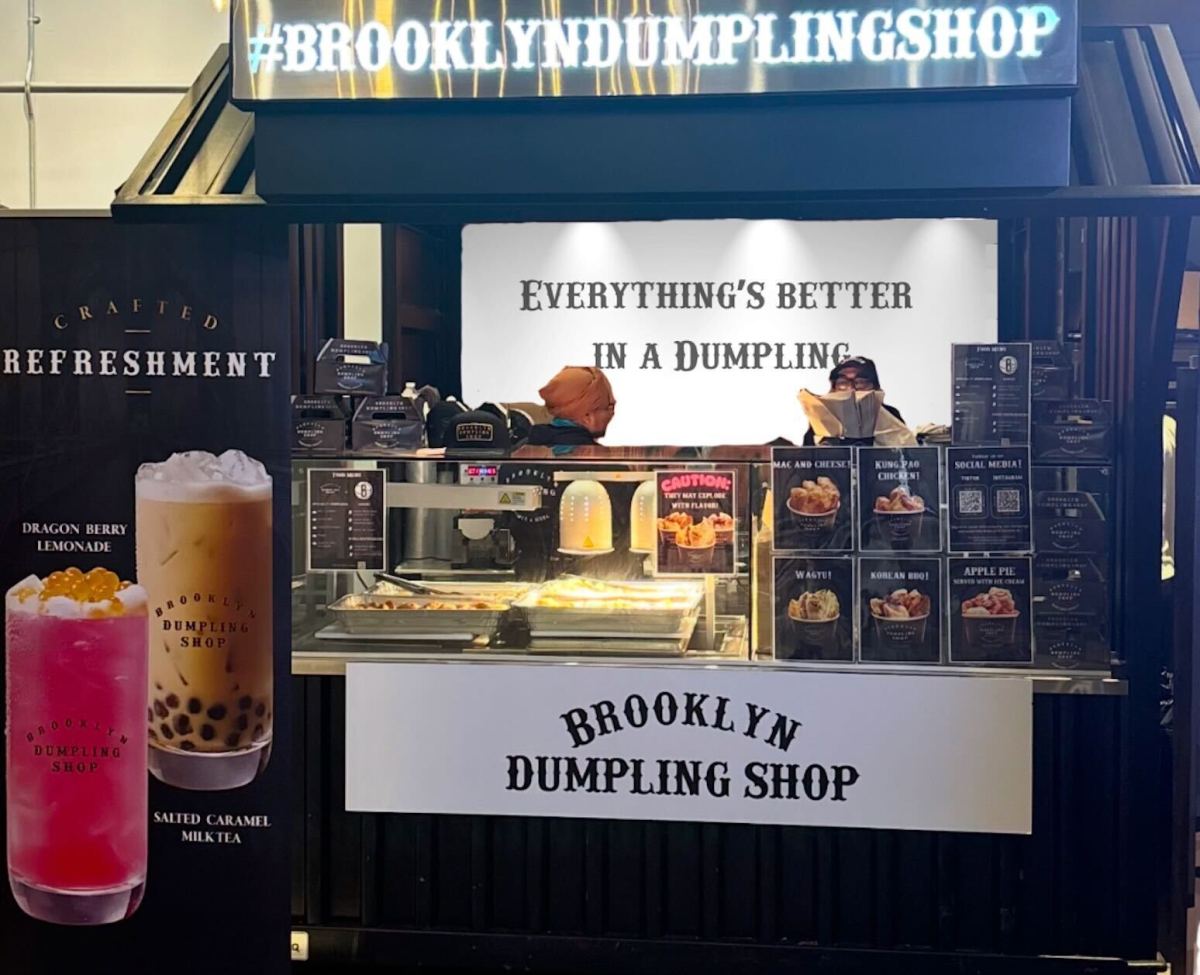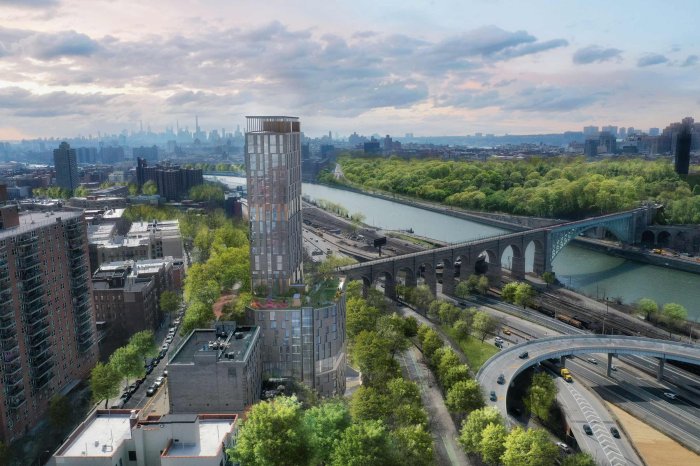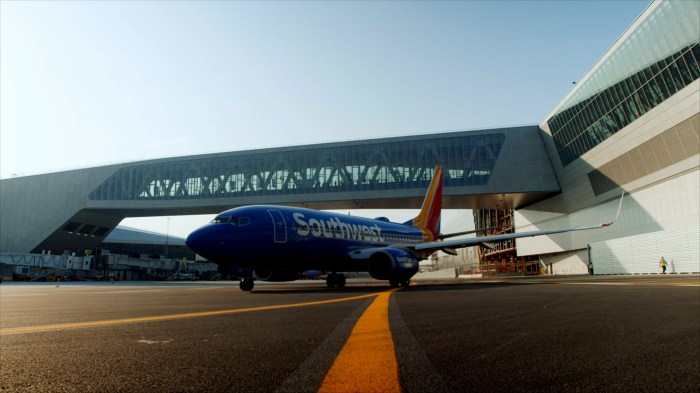The NYPD Chief of Transit exclusively spoke with amNewYork Metro regarding the state of police in the subway during a ride along from Brooklyn to Manhattan.
On March 13, amNewYork Metro joined Chief of Transit Michael Kemper and fellow transit officers as they rode a Manhattan-bound C train and patrolled the stations, during which the chief spoke about the overall state of the subway. Pushing through the turnstile at Jay Street and Willoughby Street, Kemper greeted patrol officers stationed above and, on the platform, an element of the department’s ongoing effort to curb crime underground.
Overall subway index crime for the year-to-date (as of March 1) is down by 19.4% so far this year, from 391 to 315, compared to the first two months last year, something both the mayor and police commissioner are heralding as a major victory. Still, Chief Kemper acknowledges that more work needs to be done and he is striving to do it.
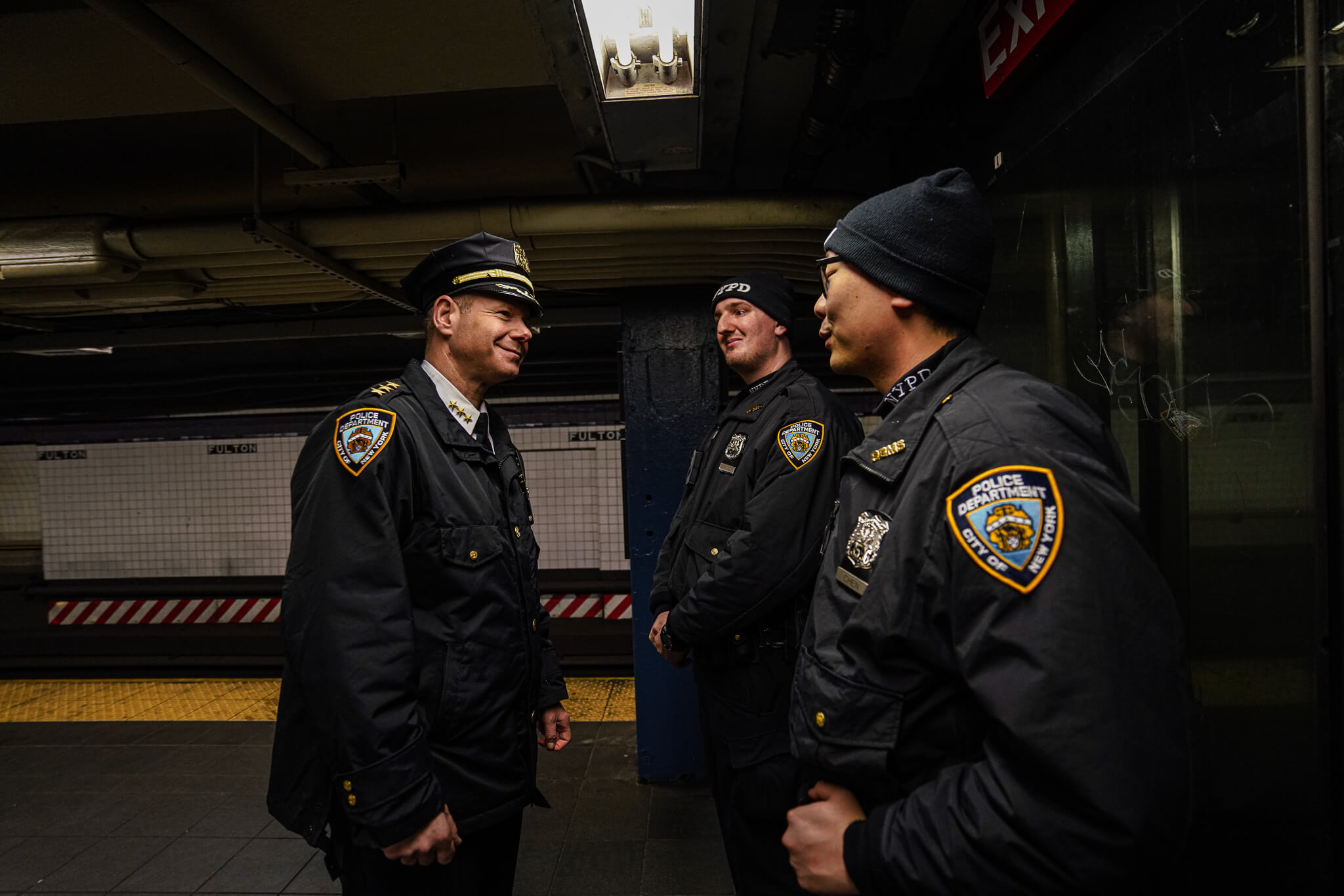
“It’s going well, it’s an investment, a big investment that started in late October, and the investment is all about safety,” Kemper said of both the decline in crime and the patrol officers who have been flooded into the transit system. “The cops that are patrolling the subway system, they’re doing phenomenal work. They’re working very, very long hours. They’re working very hard, but the fruits of their labor is paying off and crime has been decreasing.”
For Kemper, a big part of the battle is visibility and making certain officers are in the right place at the right time. The Chief of Transit believes one of these places is positioned near turnstiles, something that he says is not so much for enforcement but, instead, hopes to offer straphangers a sense of reassurance by being the first and last thing they see when entering and exiting the subway.
With numerous reports stating that the NYPD is struggling to keep its ranks bolstered with new officers, amNewYork Metro pressed Kemper on if he is also wrestling with numbers underground as well. However, he assured that the blue wave flooding the subway system remains undamned.
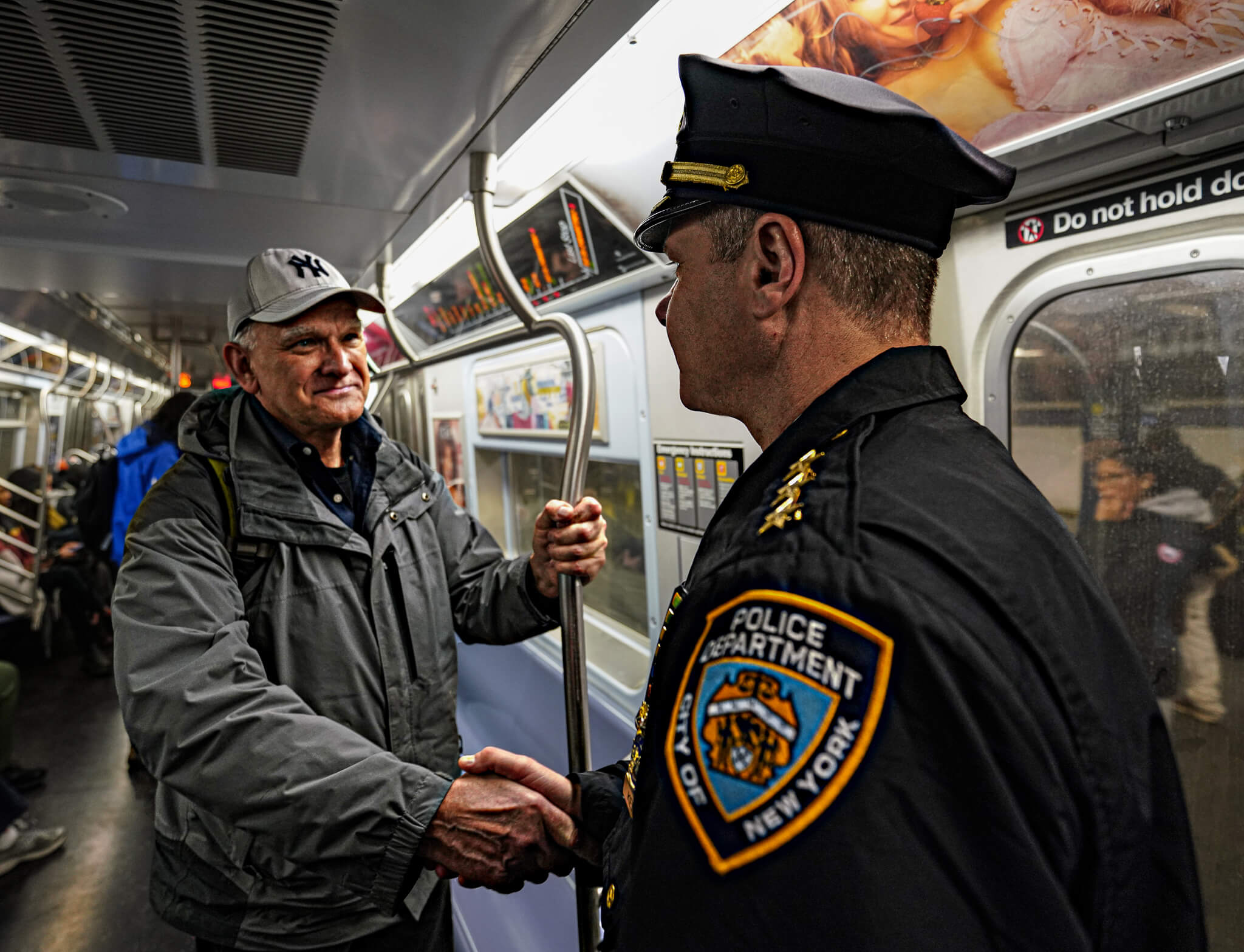
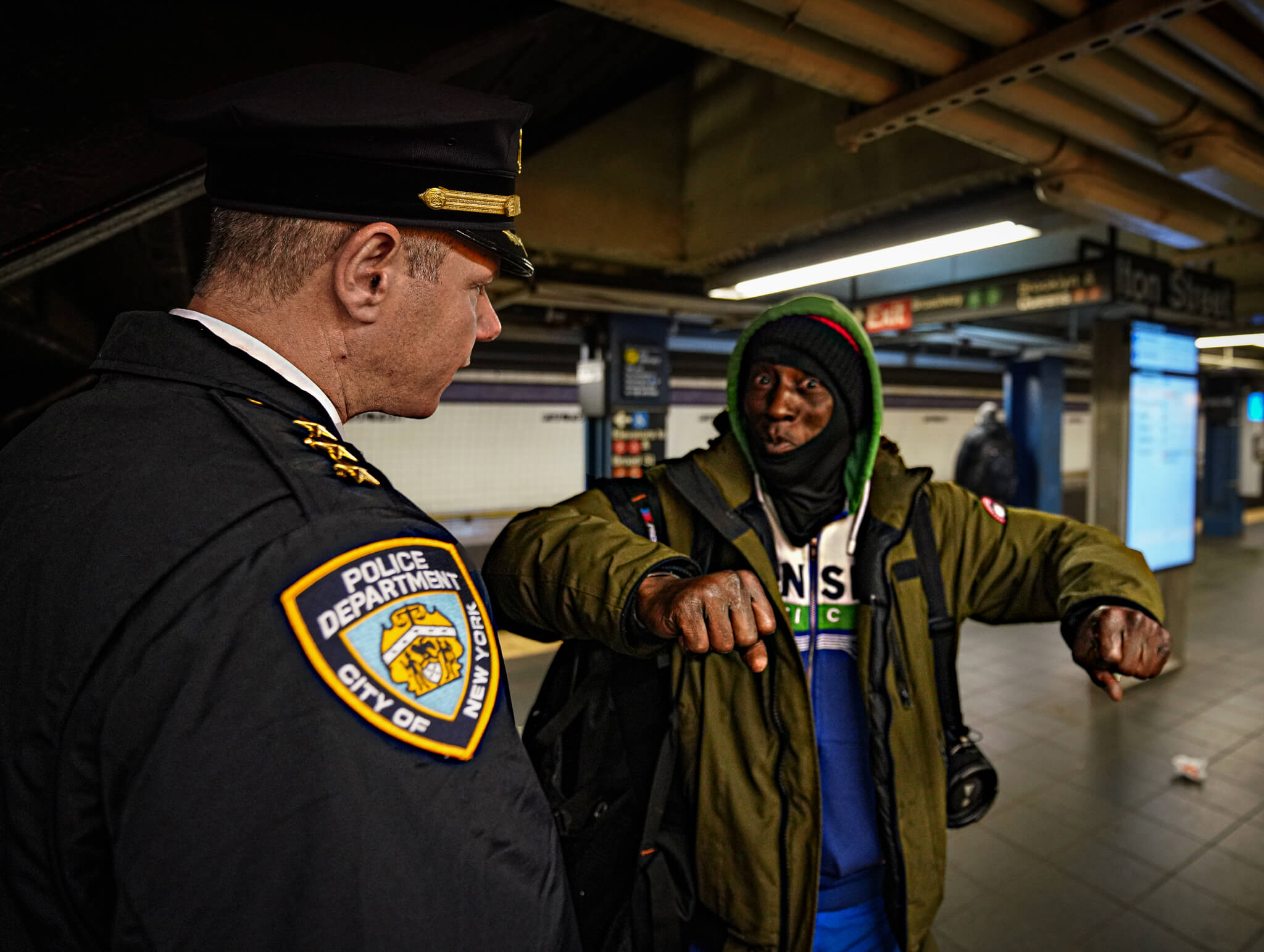
“We’re patrolling the subway system 24 hours a day, seven days a week and in many different facets. We are patrolling on trains, patrolling on mezzanines, at turnstiles and platforms and I’m sure a lot of your readers have seen us on the platforms and subway stations and as far as personnel, like I said, we’re infusing an additional 1200 cops a day as a result of the Cops Cameras, and Care program.”
During the ride along, amNewYork Metro observed Kemper also greet passengers, with some riders requesting help from the Chief—not due to crime but instead with directions and lost property. One commuter asked for aid after he said he fell asleep riding a C train and lost his scooter. Kemper pointed out that this is an aspect of police he thinks is often forgotten, adding that they are also constantly on the lookout for those who may be experiencing a drug overdose or even people undergoing a mental health crisis and looking to end their own lives.
“That’s what we’re here for, to help people and not just preventing crime, which is what we want to do. That’s our ultimate goal is to reduce crime and prevent crime. But just really to help people in whatever fashion they need help,” Kemper said. “There’s so much more, from helping people whether they’re suffering an overdose and reviving them, to jumping on the train tracks to save people who fall.”
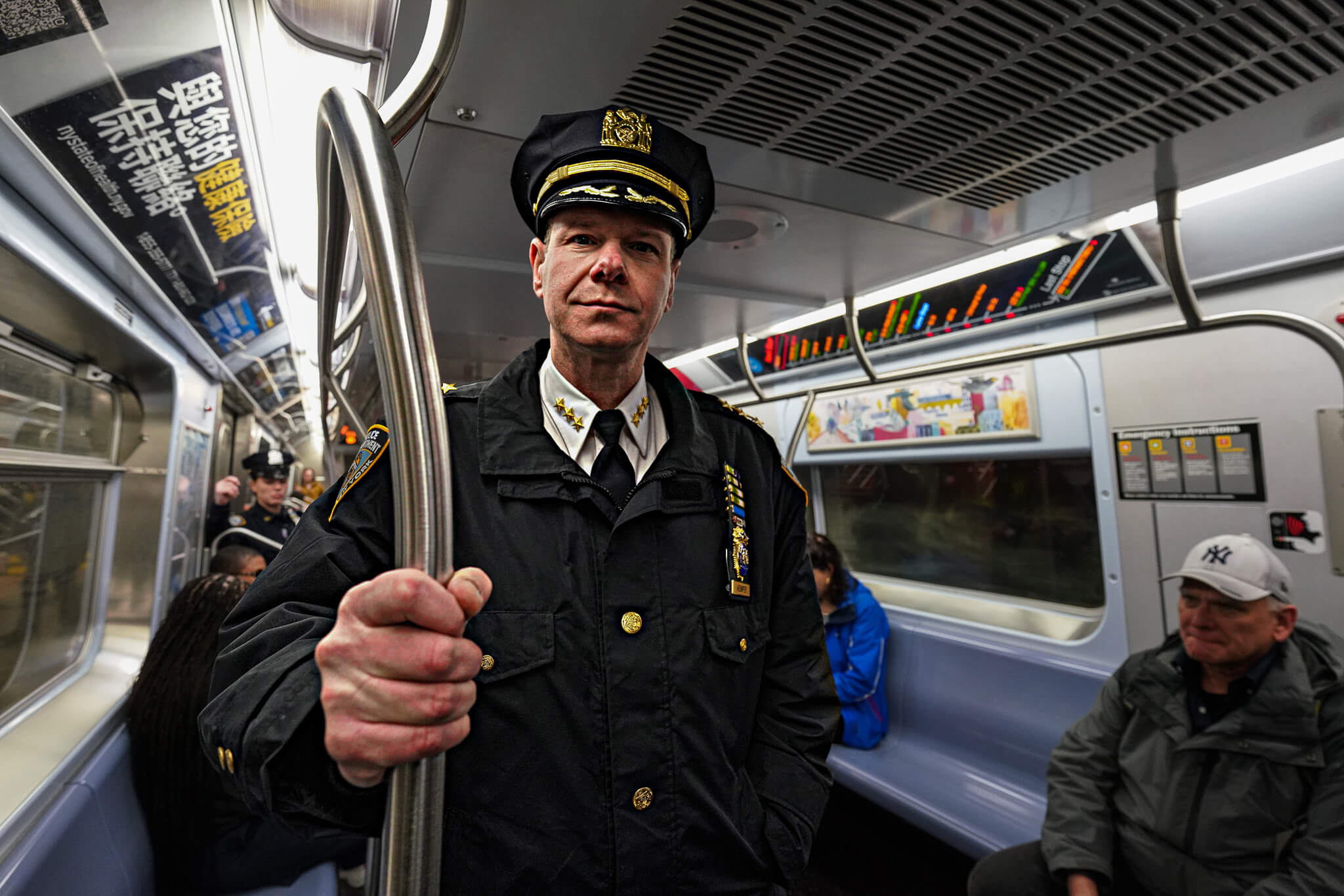
In addition to crime, the transit system is also seeing the rise in a disturbing trend: train surfing. Reinforced by peer pressure through social media, teens are climbing atop train carriages and riding on the outside; several tragic deaths have also occurred over the last several months as a result.
“This is a serious, serious concern of ours. Kids are being seriously hurt and killed while they’re doing it. And it’s preventable. It’s messaging. It’s education, having family members or educators talk to the kids about the dangers of subway surfing, and just getting it out that it’s tragic, tragic consequences if you ever think about doing it,” Kemper said.
While Kemper said he is proud of the strides the NYPD has made, he also stressed that he is not taking a victory lap and believes there is still more work to be done.
